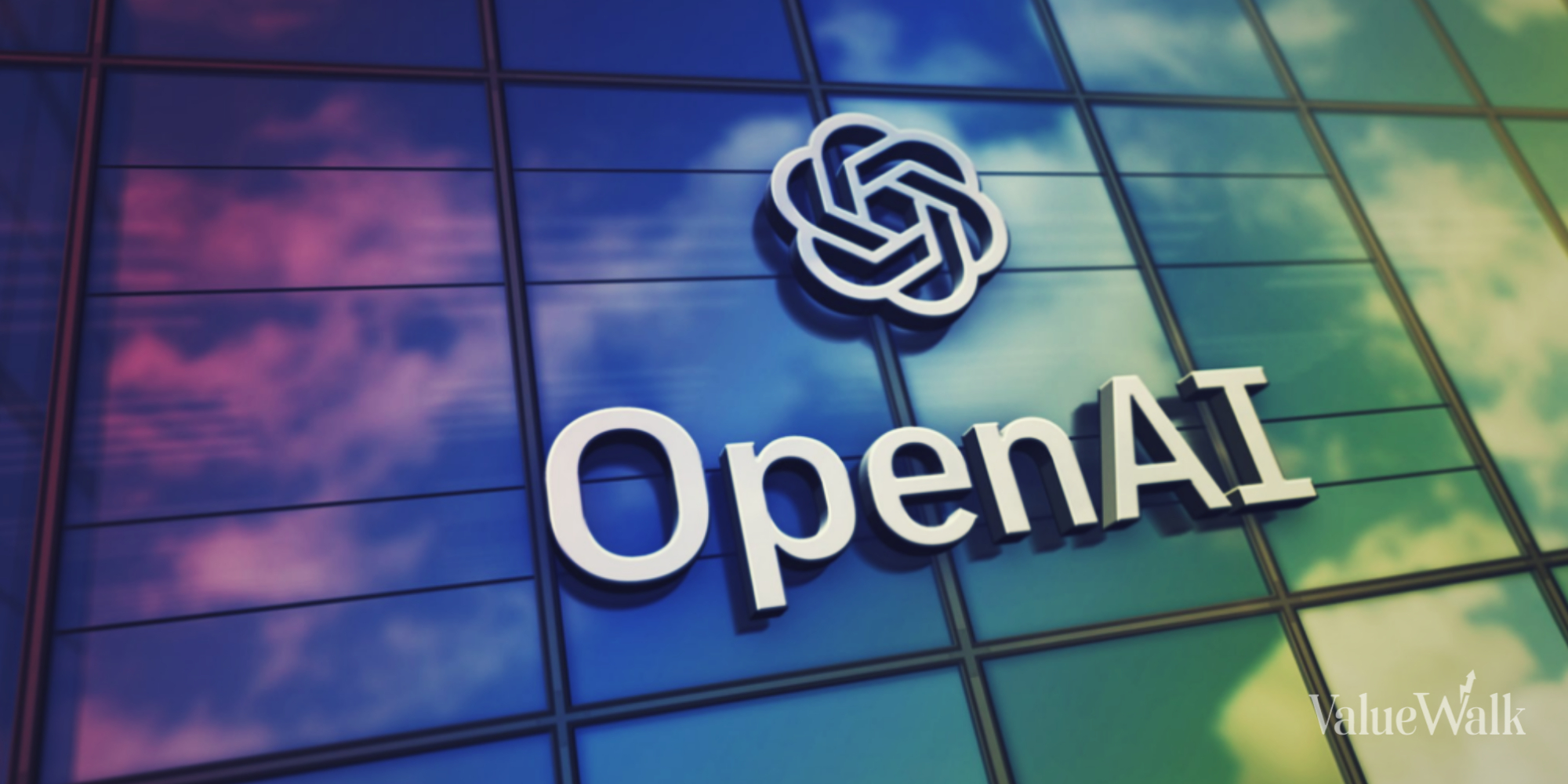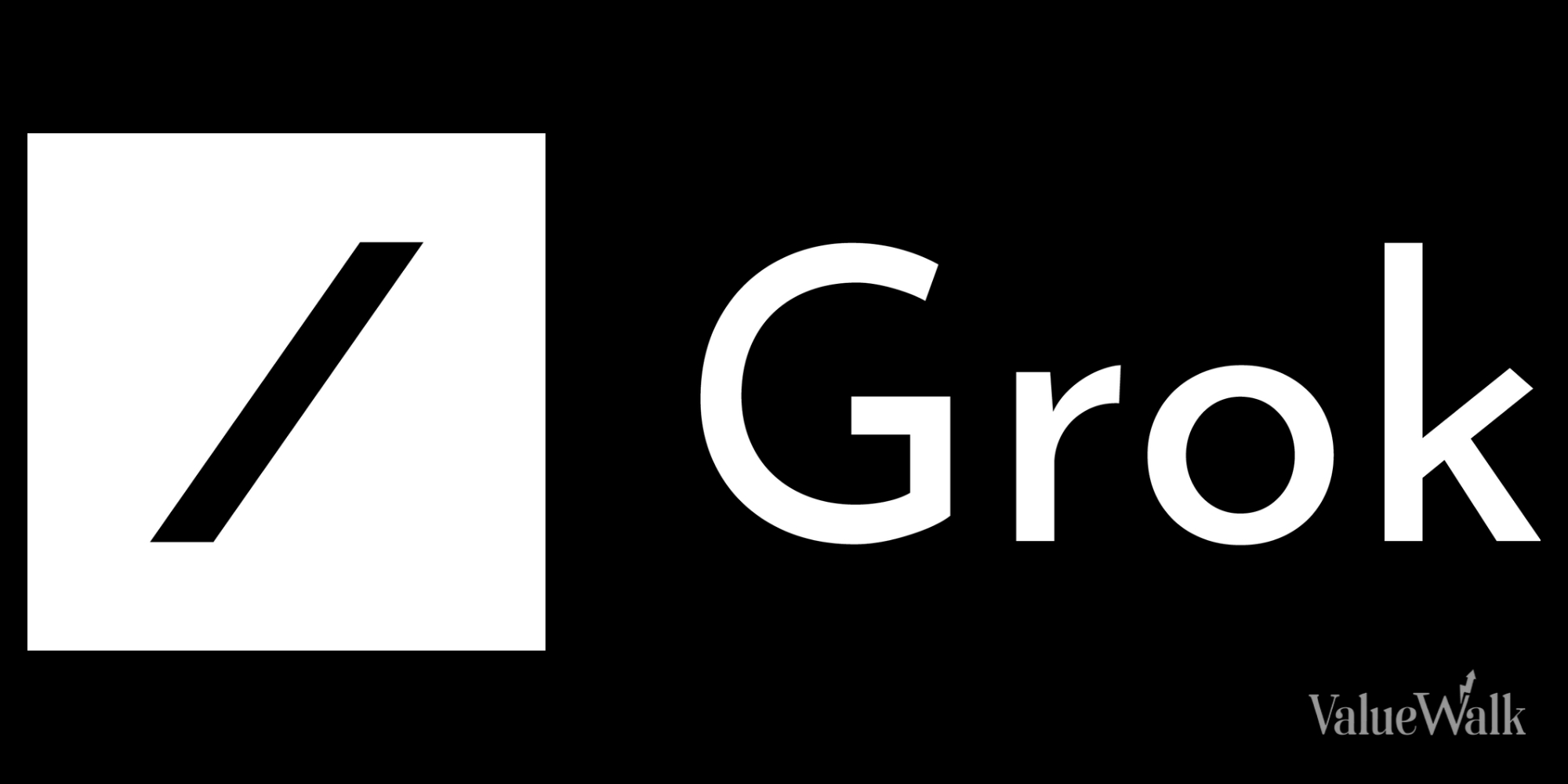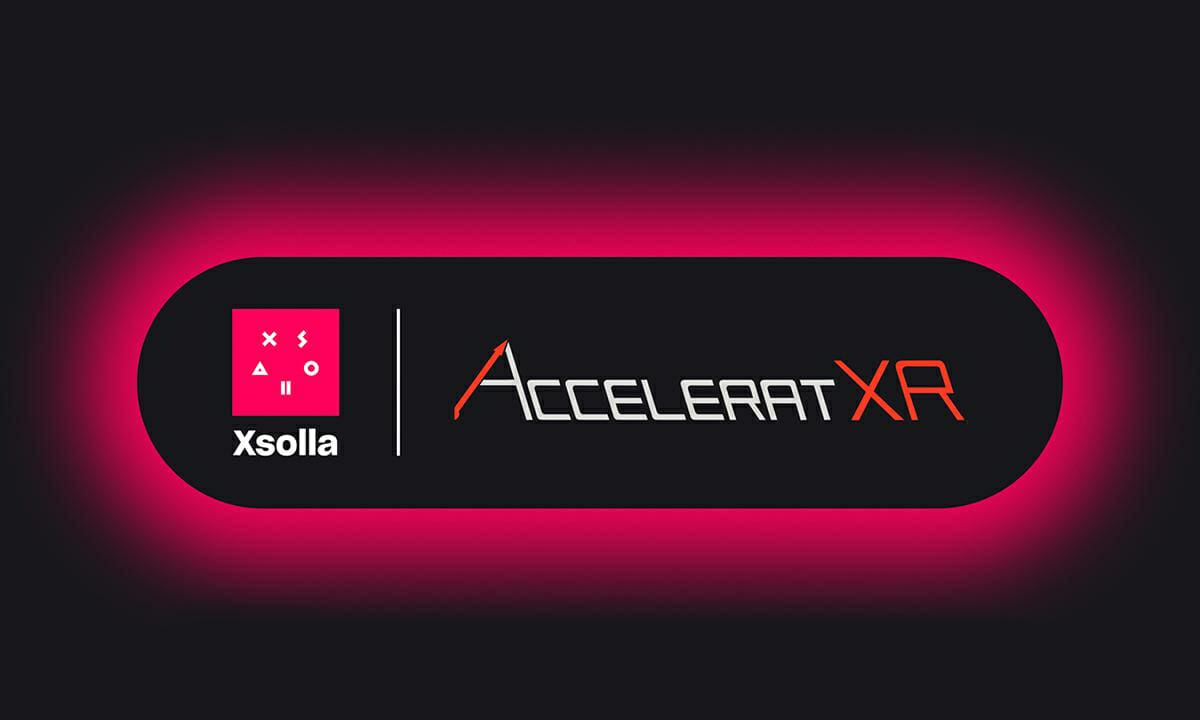The space agency has released a video showing astronauts working to prepare the International Space Station for commercial vehicles.
The footage shows the second of three spacewalks which astronauts are undertaking in order to upgrade the ISS docking system to be able to receive commercial spacecraft. The first commercial vehicle is expected to arrive at the station in 2017, writes Jack Simpson for The Independent.
ISS Docking Adapters
The astronauts seen in the footage are Barry ‘Butch’ Wilmore and Terry Virts, who were carrying out essential lube and cable work so that the two new International Docking Adapters are ready when the hardware arrives later this year. The spacewalk lasted for 6 hours and 41 minutes.
The spacewalk was broadcast live in NASA TV, and the two men can be seen hanging from the ISS as they complete their intricate task. The astronauts are working to ensure that the Docking Adapters will be able to receive vehicles manufactured by Boeing and SpaceX.
Those two companies have already signed contracts with NASA in order to develop, test and fly space capsules to the ISS. The first manned SpaceX mission is planned for 2017, and Boeing have scheduled an unmanned flight for April 2017.
A further spacewalk is scheduled for March 1.
Private companies aiding space exploration
The new commercial vehicles are expected to increase traffic to the ISS. Since the retirement of the space shuttle program in 2011, the U.S. has not had a spaceship that can take astronauts to and from the station, and has instead been reliant on Russian Soyuz capsules, with the Russians charging $70 million per seat.
The SpaceX Dragon and the Boeing CST-100 are set to end the U.S. reliance on Russia, as well as marking a new stage in the greater involvement of private companies in space travel.
SpaceX CEO Elon Musk envisions creating a human colony on Mars in the not-too-distant future, and his company is at the forefront of the drive to make space exploration more affordable.




